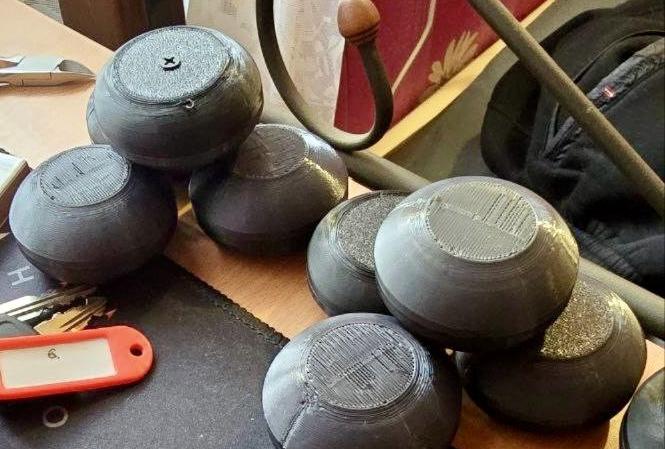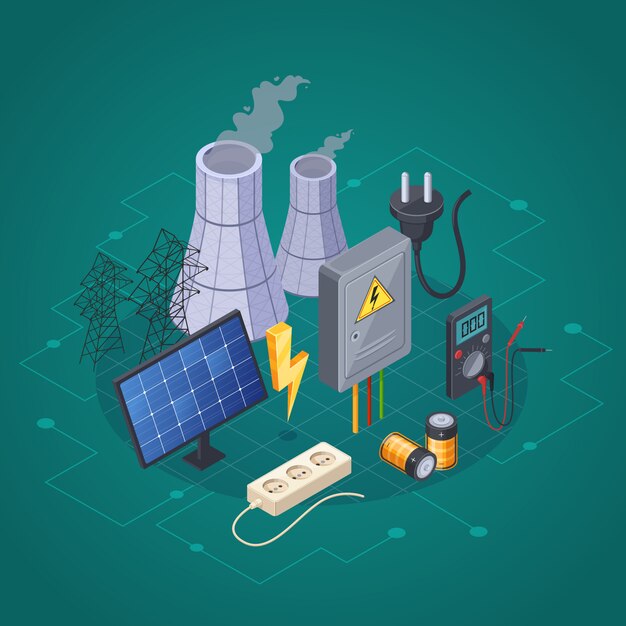Given that improvised explosive devices can be made in as many ways as the bomb maker can imagine, it is useful to try and breakdown what components make up an IED. A few acronyms get used regularly: PIES, SPICE, and PIECES are the most common ones.1 They are broken down as:
- PIES: Power Source, Initiator, Explosives, Switching
- SPICE: Switching, Power Source, Initiator, Container, Explosives
- PIECES: Power Source, Initiator, Explosives, Container, Enhancements, Switching

The bare minimum is given by PIES since containers are not strictly necessary and not all IEDs have enhancements. What is needed for an IED is an explosive as the main charge (or it is not really an explosive device), an initiator for that explosive (or it cannot initiate), a switch that triggers said initiation, and a power source to give the initiator the energy needed to fire.
Whilst most IEDs are electrically initiated and hence the power source is often a battery, sometimes people say that power sources are not strictly necessary because non-electric initiation is possible. Whilst it is true that power source and battery often gets used interchangeably, the power source is whatever gives the initiator the required energy to commence the explosive train and function the device.
This means that to understand what a power source can be, we need to understand what kinds of initiators are available to the would-be IED maker. Again, the majority of IEDs are electric, so the power source is going to provide some kind of electricity, such as a battery, solar panel, capacitor, or mains power.
But not all IEDs are electrically initiated. In the realm of non-electric initiators, there exist flame/spark initiators (like the classic safety fuze non-electric detonators), impact based ones (for instance, slapper detonators), friction based (like matches), stab (used in cocked striker fuzes), and percussion initiators (most commonly percussion primers for small arms rounds).
Importantly, all these kinds of initiators need some kind of energy to initiate. In conventional munitions the energy for stab detonators can be stored in the form of a striker spring and the reason that cocked striker fuzes are so dangerous is that the power source (mechanical tension in a spring) can so easily fire the detonator if set free.
Mechanical spring tension in a spring is probably the most obvious non-electric power source, but sometimes there really does not appear to be a power source in a device. For instance, below are so-called “gingerbread” mines seen in Ukraine. It consists of a 3D printer container with some plasticised explosive, a screw and a detonator. When the victim steps on the mine, it flattens the container, making the screw hit the detonator and functioning the device.

The explosive and initiator are obvious. The switch is the screw pushing into the detonator. Where is the power source? The answer is that the victim is the power source. If nothing pushes that screw into the detonator capsule, there is no detonation. In other words, unlike other kinds of devices where the power source is integral to the device, the victim gives it the energy to function.
The point that makes this whole description make sense is that initiators cannot function by themselves. They need an activation energy to function. Something has to give it that energy. For some improvised devices and munitions, this energy comes from the target exerting a force.
This is different to a pressure plate where the victim is merely connecting the power source (typically a battery) to the initiator. Not all victim operated devices have the victim as the power source since most of them use the victim to function the switch, which in turn connects a separate power source to the initiator to initiate the device.
If you tried to argue that the gingerbread mine does not have a power source because it is not part of the device, then you would also have to concede that the device is neutralised by design since it cannot function by itself. Similar to if a long command wire IED was designed to fire by connecting a battery to loose ends a the firing point, you would say that the power source was not connected, but you would concede that there is a power source as part of the whole functioning device.
For some conventional munitions with impact fuzes functioned by hitting the target, the power source is the kinetic energy built up by being dropped/launched and the energy is imparted to the initiator when the munition impacts the target. If for whatever reason the impact fuze did not hit a target, then it would revert to needing some external power source to function it. This is why movement is a hazard for impact munitions: movement can supply energy.
To conclude on the main point: all initiators need energy to function and that energy has to come from a power source. All IEDs are designed to function, so all IEDs have some kind of power source by design. If that energy comes from the victim, the victim is the power source.


Leave a Reply